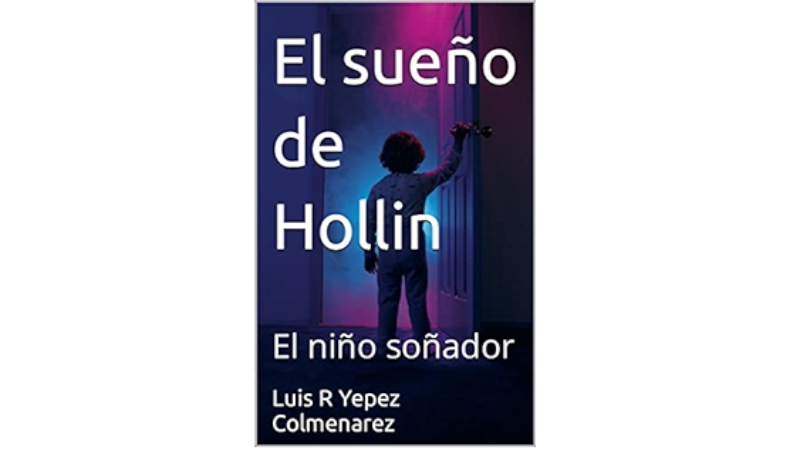
Symbols play a vital role in storytelling. They serve as the primary catalyst of the show, not tell. Consequently, authors and historians have leveraged symbols to convey timeless messages throughout the ages.
Even today, mentors, parents, and writers use symbolism to teach kids much-needed lessons. In light of the significance of symbolism, author Luis Rafael Yépez Colmenárez uses symbolism to maximize the impact of his book El Sueño de Hollín.
The author references multiple natural elements while signifying the book’s characters, messages, and lessons. For critical readers, this book can be a treasure trove of lessons; for aspiring writers, this book is a guide to utilizing symbolism.
Fire as a Catalyst for Transformation
Through the ages, storytellers used fire as a symbol to grab attention. An all-consuming monster, a personification of determination, or an encouraging character, fire represented these and many more. Thus making it a very versatile symbol for creative writing.
The author uses fire to teach our main character; therefore, Hollín encounters fire in many ways. From the flames in control of ‘Vulcano’ to the incandescent light in the night sky, each leaves an indelible mark on the main character.
Light as Illumination and Revelation
Light is the beacon of hope in all modern and ancient media. It is towards the light that one finds the right path. Whether you see a silhouette of good or the shadow of evil, behind them is the light of their aura. In contrast, light is the method to conceal any end goal or objective, thus leaving a vague image in the reader’s mind.
The author uses light throughout the narrative to symbolize power, illumination, and revelation. For example, the radiant stars in the night sky, the incandescent light, and the radiant temple. All these represent moments of learning and discovery. These representations of light are written as if ‘Hollín’ is getting closer to his goal.
Sharing Messages Through Symbolism
Every book has a message; some just lay it out for the readers, while others drive them to conclusions. The interactive method of making the reader conclude a lesson is only achievable through symbolism. Through metaphors or subtle hints, authors use symbols to line up clues for the readers. Thus making the books more creative and inclusive of the reader.
Through these effective practices, Rafael’s symbolism is on point to achieve the goal of intriguing the reader. She guides readers toward growth, progress, and transformation. Even the main characters, ‘Hollín’ and ‘Vulcano,’ are symbolic names for resilience and power. They encourage the readers to trust their intuition while applying their lessons.
Conclusion
In El Sueño de Hollín, the author Luis Rafael Yépez Colmenárez masterfully uses symbols to empower the narrative. Fire and light are just two examples in the forefront, but there are many more.
The metaphors of this enchanting tale represent the author’s mastery of human emotions. This book vividly portrays human experiences while using fire and light as metaphors for learning and discovery. This tale invites readers to reflect on their lives and take a leap of faith in themselves, just like ‘Hollín.’
Want to experience how symbolism guides ‘Hollín’ and ‘Vulcano’ on their journey? The chance is within your grasp. Click the link and book your copy of El Sueño de Hollín. A binge-worthy narrative awaits your attention.
May is Small Business Month, a time to honor and recognize the achievements of the… Read More
Swiss International University (SIU) is on track to be one of the world's most respected… Read More
In a session that left students buzzing with fresh ideas and practical insights, Invertis University… Read More
At the 21st Shanghai International Automobile Industry Exhibition, which is surging with the wave of… Read More
Liverpool, UK—House of Spells and Comic Con Liverpool are once again collaborating to bring the… Read More
Introduction In India's booming EdTech space, there's one name that's making waves among Telugu students… Read More